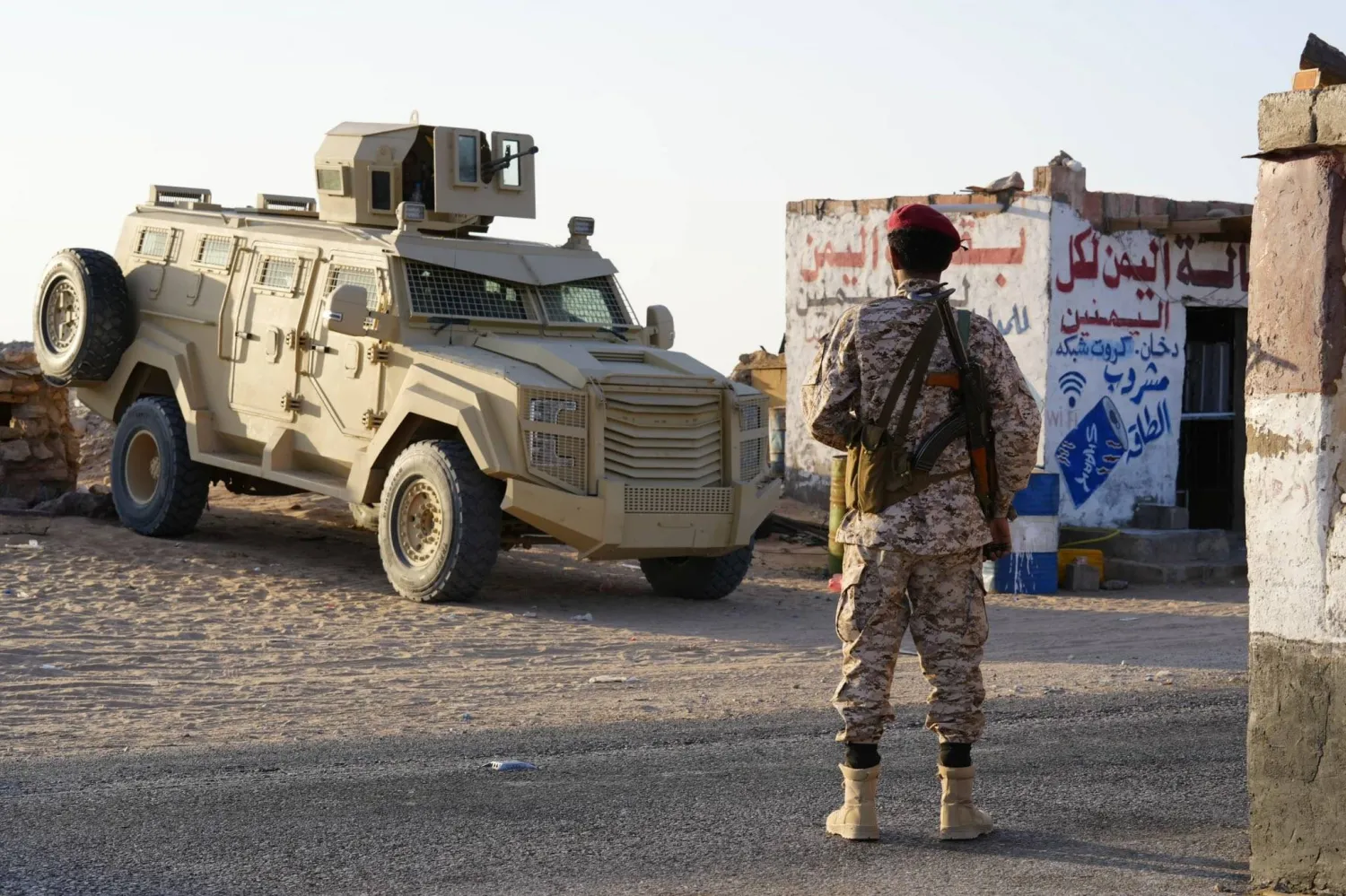Brigadier General Mohammad Reza Zahedi played a pivotal role in expanding the activities of the Iranian Revolutionary Guard, especially arming the Hezbollah group in Lebanon over a span of three decades.
Zahedi has assumed command of the Quds Force, the external arm of the Revolutionary Guards in Lebanon, since 2008. He had held the same position for a period of 5 years between 1998 and 2002, and was active in Lebanon under nicknames including Hassan Mahdavi and Reza Mahdavi.
Zahedi is considered one of the senior field commanders of the IRGC in the Iran-Iraq war. Before moving to Lebanon, he held the position of IRGC Deputy Commander of Operations for a period of three years. He also led the ground unit before his dismissal from his position in July 2008.
Before returning to IRGC leadership in Lebanon and Syria, he was the commander of the Thar Allah unit, which is charged with protecting Tehran in times of crisis.
The United States has included Zahedi on the sanctions list since August 2010 as part of a package of sanctions that targeted the leaders of the Quds Force for their role in sponsoring terrorism and financing Hezbollah.
The Iranian official contributed to expanding the activities of the Quds Force in Lebanon, especially by arming Hezbollah and facilitating exchange with the Syrian intelligence services.
Available information indicates that Zahedi was a regular participant in the consultative meetings of the Lebanese Hezbollah leadership.
Despite holding many positions in the IRGC, he did not appear in the media or public events. This is mainly due to his intelligence role within the Quds Force.
In December, Razi Mousavi, the supply official for the Revolutionary Guard forces in Syria, was killed in an Israeli missile strike on the Sayyida Zeinab area.
After his death, Israeli intelligence sites identified Zahedi as Israel’s most prominent target.









